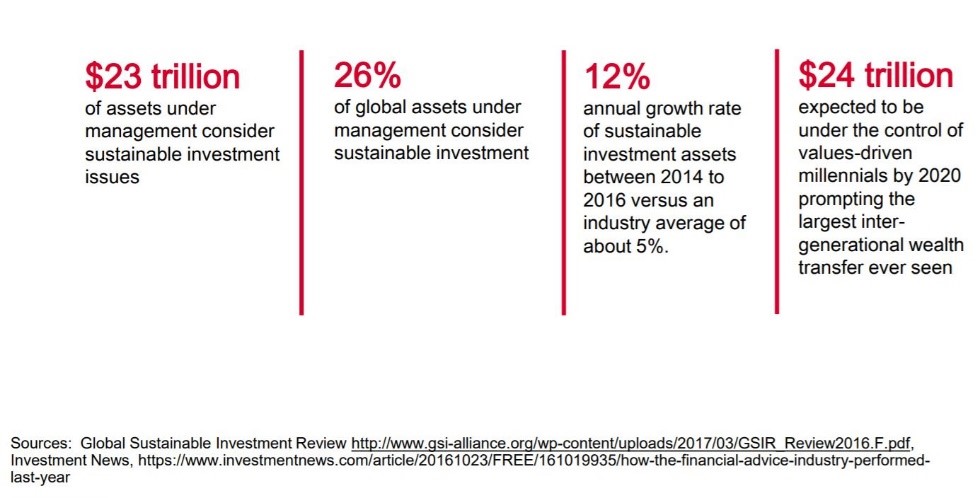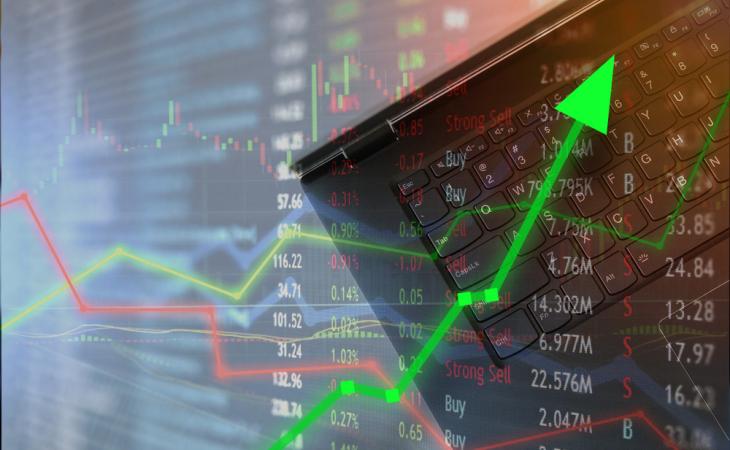This website uses cookies so that we can provide you with the best user experience possible. Cookie information is stored in your browser and performs functions such as recognising you when you return to our website and helping our team to understand which sections of the website you find most interesting and useful.
News
Sustainability and Your Company’s Bottom Line
There is a green reward.
That’s the key takeaway from Libby Bernick about the value of environmental, social, and governance (ESG) activities being undertaken by companies. In other words, sustainability isn’t just good for the planet—it’s also good for your bottom line.
Bernick, managing director and global head of Trucost Corporate Business, S&P Global, told participants at Vinyl360 that ESG is “moving from the margins into the mainstream.” She noted, for example, that low-carbon benchmarks outperformed the standard S&P in the past five years. She also highlighted some other key financial metrics, including the fact that $23 trillion of assets under management consider sustainability and that 26 percent of global assets under management consider sustainable investment.

Need more proof? Sustainable investments grew at an annual rate of 12 percent (2014–2016) compared to the industry average of about five percent. Bernick also pointed out that investment management firm BlackRock is predicting that investments in ESG-oriented exchange-traded funds will grow to more than $400 billion in the next 10 years.
Indeed, Japan’s Government Pension Investment Fund announced in September that it will invest $10 billion in carbon-friendly indices.
Here’s what this means for the PVC/vinyl industry.
Bernick stressed that investors today are looking to direct capital to companies that are engaged in sustainable activities and are aligned with the UN’s Sustainable Development Goals. This is something that the vinyl industry has embraced through its sustainability initiative and its new +Vantage Vinyl program.
While Bernick didn’t talk about the vinyl industry’s initiative, she did talk about the role of plastics and the problem of regrettable substitution. She highlighted a study done by Trucost for the American Chemistry Council that found that the environmental cost to society of using plastics in the consumer goods sector is 3.8 times less than alternative materials. In other words, switching materials isn’t the solution. However, she stressed that the approximately $139 billion in environmental costs of plastic today are not sustainable.
“The signals are clear,” said Bernick, “that the markets are starting to reward those companies that are embracing the sustainability journey.”
To get our piece of the green reward, it is imperative that the vinyl industry do our part to be more sustainable. Our bottom line is that we must, as an industry, address some key impact categories to lower our risk, do more with less, and share our sustainability success stories with investors, retailers, nongovernmental organizations, consumers, and other key stakeholders.


